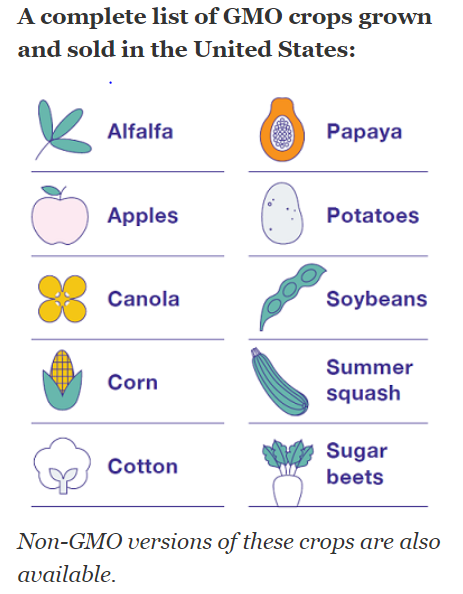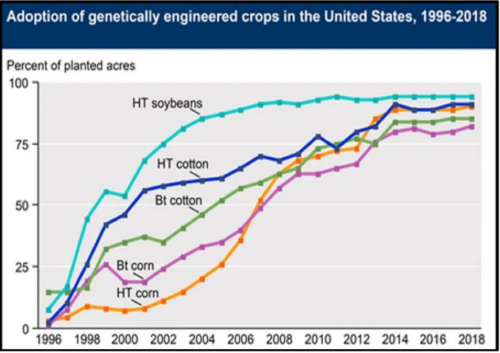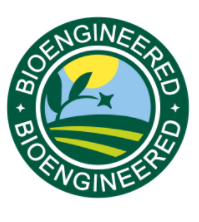The latest on cell-based meat
USDA to launch rulemaking process for labeling of cell-cultured meat; ‘success will turn, in large measure, on the nomenclature used,’ says attorney: How should meat grown from cultured animal cells be labeled? In a joint FDA/USDA webinar, officials said they would work together to come up with joint principles to govern the labeling of products under their respective jurisdictions (FDA: seafood; USDA: livestock & poultry) before launching a rulemaking and comment process, although no firm timetable has yet been established…. Read more.
- You can watch a video about regulation of these products here.
- The joint framework for regulation is here.
FoodNavigator-USA.com has been collecting items on cell-based meats. I’ve selected a few of interest. For others, click here.
- Cell-cultured meat startups, NAMI, urge USDA to gather more data before issuing a proposed rule on labeling: Cell cultured meat startups and conventional meat companies have written to USDA’s food safety and inspection service (FSIS) urging officials to gather more data before publishing a proposed rule on how cell-cultured meat and poultry products should be labeled….Read more. The text of the letter is here.
- What’s in a name? FDA requests info on labeling of cell-cultured seafood: The FDA has issued a request for information on how best to label cell-cultured seafood as startups in the space edge closer to commercialization…. Read more
- Mission Barns tests cell-cultured pork fat with leading pork producer; gears up for hybrid plant/animal bacon tastingBerkeley-based startup Mission Barns – which is carving a niche in the nascent cell-cultured meat industry by focusing on animal fat – is in talks with leading food companies about incorporating animal fat grown in bioreactors into a range of hybrid meats combining animal- and plant-based components…. Watch now
- SHIFT20: ‘Cell-based’ could be the best way to describe cell-cultured seafood on labels, suggests large consumer study‘ Lab-grown’ seafood is a food marketer’s nightmare. ‘Clean’ seafood carries the tacit implication that the regular stuff is dirty. ‘Cultivated’ seafood – a term that performed well in recent research on meat & poultry – could be confused with farmed fish. However, ‘cell-based’ – while not perfect – may be the best common or usual name to describe seafood grown from animal cells on food labels, suggests new research…. Read more
- TurtleTree Labs in talks with leading dairy, infant formula brands to license cell-cultured human breastmilk technology: Singapore-based TurtleTree Labs is in talks with leading dairy and infant formula brands to license its technology for the production of cell-cultured human breastmilk, and has articulated a longer-term mission to produce cow’s milk as well…. Read more
- BIOMILQ raises $3.5m to fund mammary cell-cultured human breastmilk platform, disrupt infant nutrition market: BIOMILQ – a startup producing breastmilk by culturing human mammary cells – has raised $3.5m to meet the needs of the four fifths of women who transition to dairy-based formula before the recommended six-month exclusivity period for breastfeeding, but aren’t always happy about it…. Read more
- UC Davis receives $3.55m grant to investigate long-term viability of cell-cultured meat: The University of California, Davis, (UC Davis) has received a grant of up to $3.55m from the National Science Foundation (NSF) Growing Convergence program to explore the long-term sustainability and commercial viability of cell-cultured (a.k.a. ‘cultivated’) meat…. Read more




 The FDA website says nothing about GMO labeling. It also says nothing about GMO monoculture, corporate control of the food supply, pesticide resistance, or pesticide harm.
The FDA website says nothing about GMO labeling. It also says nothing about GMO monoculture, corporate control of the food supply, pesticide resistance, or pesticide harm.